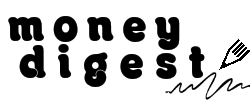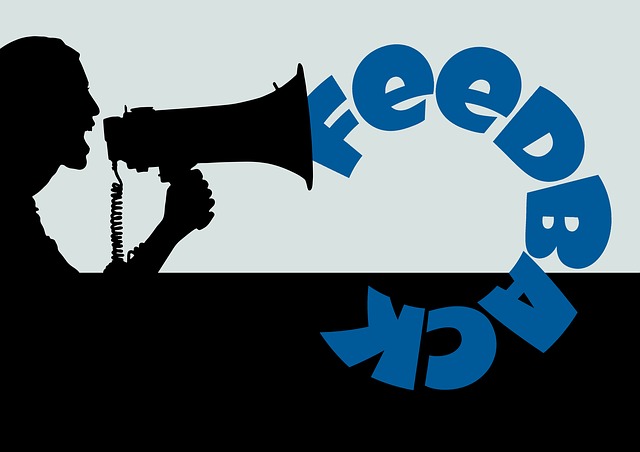Dealing with difficult people is part of the job. Whether you are facing an irritable lecturer, an impatient administrator, or a demanding client, knowing how to navigate these tense situations with professionalism can protect your peace and your reputation.
Consider managing rudeness without losing your cool.
DON’T TAKE IT PERSONALLY
When someone is rude, it is often a reflection of their stress and not your value. Instead of internalizing harsh words, remind yourself that it is not about you. This mental shift helps you stay grounded and avoid escalating the situation.
Tip: Use mental distancing by imagining you are observing the conversation from the outside. This allows you to stay calm and objective.
DON’T REACT
It is tempting to snap back when someone is rude, but a calm, measured response is far more powerful. Responding thoughtfully not only preserves your professionalism but also often diffuses tension.
What to Say:
a. “I understand your concern. Let’s work on a solution together.”
b. “I appreciate your feedback. What would you suggest as the next step?”
MANAGE UP
When rudeness comes from someone with authority, like a lecturer or a manager, tact and strategy are key. Document instances of unprofessional behavior and, if necessary, involve a neutral third party.
If the behavior is persistent, disruptive, or crosses a professional boundary, it is appropriate to seek support from HR or another supervisor.
SET BOUNDARIES
You deserve to be treated with dignity, no matter who you are dealing with. If someone consistently crosses the line, it is okay to assert yourself while remaining respectful.

Image Credits: unsplash.com
For instance, you may say: “I am committed to resolving this, and I would appreciate a collaborative and respectful conversation to move forward effectively.”
PRACTICE THE POWER OF PAUSE
Not every comment deserves an immediate reaction. If you are faced with hostility, pause before responding. This brief moment of reflection allows you to choose your words wisely and stay composed.
Tip: Silence can be powerful. If someone is rude, a thoughtful pause followed by a calm response often shifts the tone of the conversation.
PROTECT YOUR ENERGY
Rude people can drain your mental energy if you let them. Prioritize your well-being by debriefing with a trusted colleague, taking a walk, or practicing mindfulness to reset after tense encounters.
Reminder: Your peace is non-negotiable. Setting healthy emotional boundaries protects you from carrying negativity beyond the conversation.
FOCUS ON THE BIGGER PICTURE
It is easy to get caught up in a frustrating moment, but keeping your long-term goals in mind can help you rise above the noise. Will this interaction matter in a week? A month? Probably not.
Stay focused on your work and let the pettiness roll off your shoulders.
IN A NUTSHELL

Image Credits: unsplash.com
By staying calm, setting boundaries, and focusing on solutions, you will not only handle rudeness with grace but also build a professional reputation that speaks volumes.




